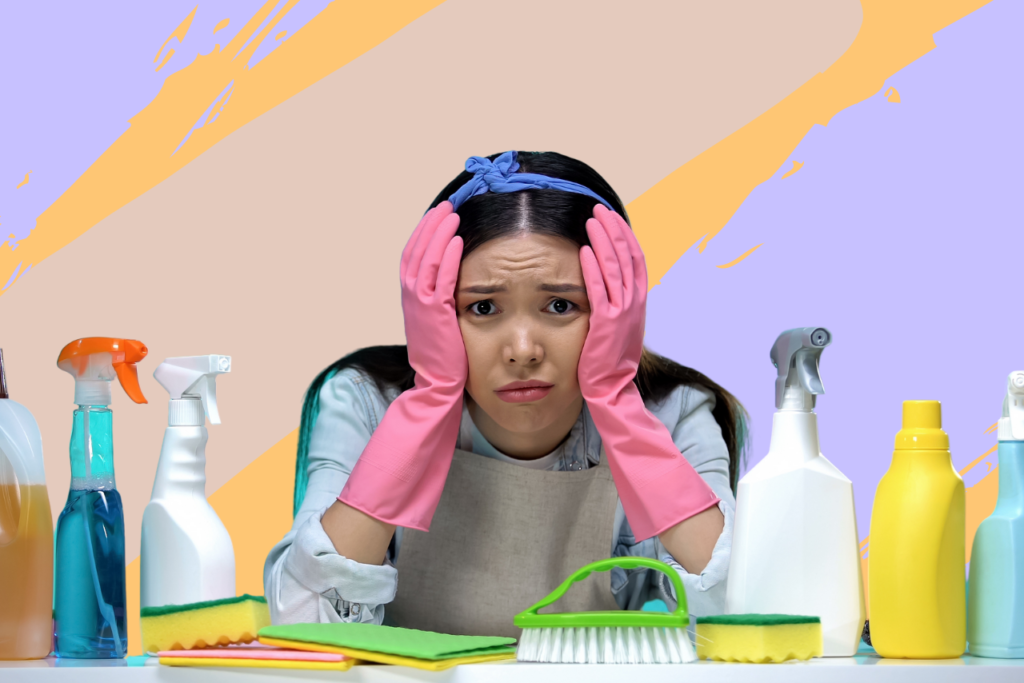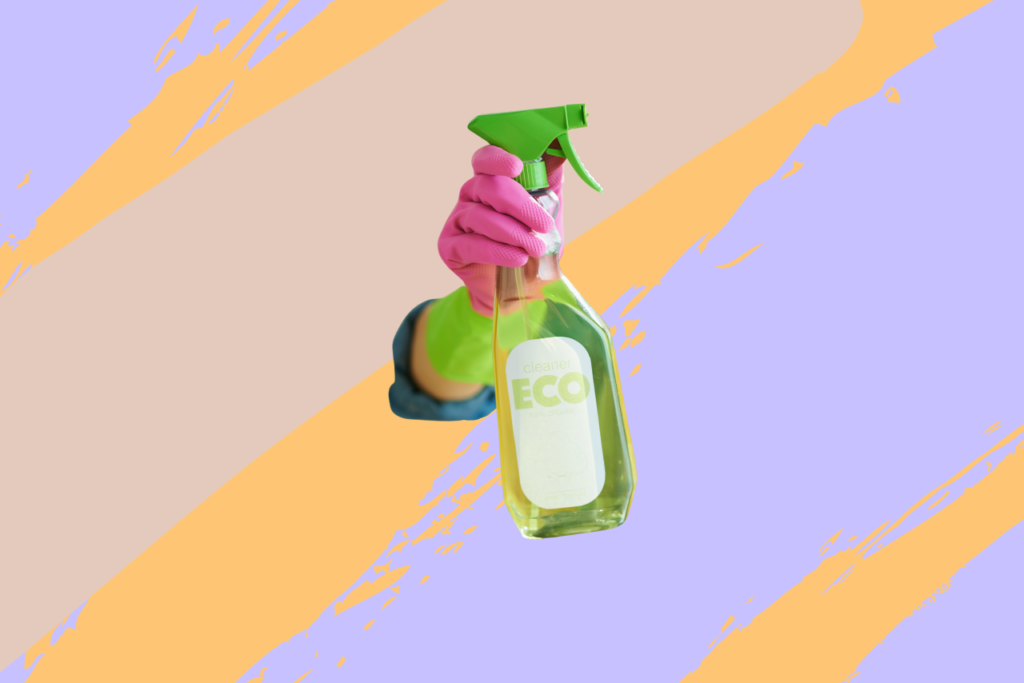As you may well know, traditional cleaning agents tend to use strong chemical substances to get rid of dirt on the surfaces they’re used. In recent years and in response, eco-friendly cleaning techniques and products have risen in popularity, aimed at ensuring that they’re less impactful on the environment – and on the homeowner’s health – when used.
Generally speaking, eco-friendly cleaning products are just as effective at removing dirt, grime, and bacteria, all without harming the environment. In many cases, homeowners seek professional cleaners to ensure that their properties are dirt-free and that the used products are safe. On the other hand, people who clean their properties personally may need to scrutinise if the eco-friendly products they buy are indeed unharmful to the environment.
But how can you truly know if your product is eco-friendly, or trust the manufacturer’s claims? Here’s how to determine if a clean product is indeed eco-friendly.
Determine Its Biodegradability
Biodegradability is one of the features of eco-friendly disinfectants and cleaning supplies. Generally, it refers to how quickly the product breaks down after being used. In most cases, eco-friendly products can dissolve or evaporate quickly when applied to bathroom floors, kitchen sinks, and other surfaces.
To check a product’s biodegradability, you can read its labels. Typically, you’d see safe ingredients, such as hydrocarbon solvents. You’d also see a leafy triangular shape on the product’s label as a sign of its biodegradability.
However, all cleaning solutions have different extents of biodegradability you may still need to consider, and that’s even before you consider the packaging’s biodegradability, which, again should be indicated with a certification of some kind. This will differ from country to country, and product to product.
Check Its Toxicity
Highly toxic products are generally corrosive, flammable, and poisonous. They pose a threat to the lives of people, animals, and plants despite their apparent effectiveness. Because of this, you should prioritise products with low to zero toxic contents. In many cases, labels bear warning and hazard signs to inform users of the presence of harmful substances.
Apart from the signs, you may also look for the active ingredients in the products. Typically, they’re highlighted on the label. Common active ingredients in cleaning solutions are acids, alkalis, abrasives, and detergents. If a product doesn’t contain any of these, it’s more likely to be eco-friendly.

Know The VOC (Volatile Organic Compounds) Content
VOC refers to the components such as benzene, formaldehyde, ethylene glycol, methylene chloride, tetrachloroethylene, and xylene. When exposed to high vapour pressure, these could release gases that affect a person’s overall health. Generally, VOC can irritate the eyes and even cause breathing difficulties.
You may manually check your product’s components to see whether or not it contains VOC. If you’re keen to go further, consider using a photoionization detector – though be warned, these can reach into the thousands of pounds to purchase – to detect and measure VOC content. However, this device may only suit some identified compounds, excluding formaldehyde.
Look For Certification Labels
Some products may be packed as eco-friendly even if they’re not. This has been termed ‘greenwashing’, a type of propaganda that markets a product to be sustainable and safe, contrary to their true properties. To avoid these, you may look for legitimate certification labels, including the following:
- B Corp
This label means that the company behind the product is known to follow strict social and environmental standards.
- Cradle To Cradle
It certifies that a product has high biodegradability.
- Energy Star
Products with Energy Star certification are certified to generate fewer greenhouse gases.
- Greenguard
This certification means that the product has low chemical emissions.
- Made Safe
It says that the product contains safe-to-human ingredients.
In the UK, various forms of certification and accreditation exist to ensure a company’s claims to be eco-friendly are truthful. As of 2020, such claims are vetted by the Competitions and Markets Authority’s Green Claims Code. Environmental bodies such as the Vegan Society, PETA, the Carbon Trust, Fair Trade and the Soil Association also offer certification and guidance.

Focus On Specific Claims
You must know more about the products you’re buying by researching information about them. You may need to delve deeper into the effects of the products as claimed by reliable institutions and people. For example, check if the product is advertised or recommended by a renowned environmental group. Or, that a cleaning solution is used in a documentary about sustainability made by eco-conscious advocacies. These things should help you assess the quality of the products you’re planning to buy.
In analysing the product’s claims, you may choose those with more specific statements, such as how effective a product is in cleaning kitchen appliances. Big concepts or motherhood statements may sound too generic and are often associated with false claims. You may also lean on those based on science-backed facts and figures.
Read The Product Reviews
Read the product reviews to know other customers’ experiences with a product. Authentic product reviews often tell the truth behind claims. Generally, genuine eco-friendly products have positive reviews, while false ones may have mixed or negative ones.
To know whether a review is legitimate or not, you may still need the reviewer’s integrity. It should be organic or made by a real person. In addition, you should watch out for admitted bias and propaganda devices. In most cases, an authentic review provides balanced points—pros and cons—even if they favour the eco-friendly item.
Read: 4 IDEAL tips for navigating online reviews
The Bottom Line
Many cleaning products today masquerade as eco-friendly. While some may be telling the truth, identifying them can be challenging. Be sure to be scrupulous in your search if you care both for your health and the environment. Good luck!
For a little further reading on the topic, check out this article on whether eco-friendly washing products are effective.





